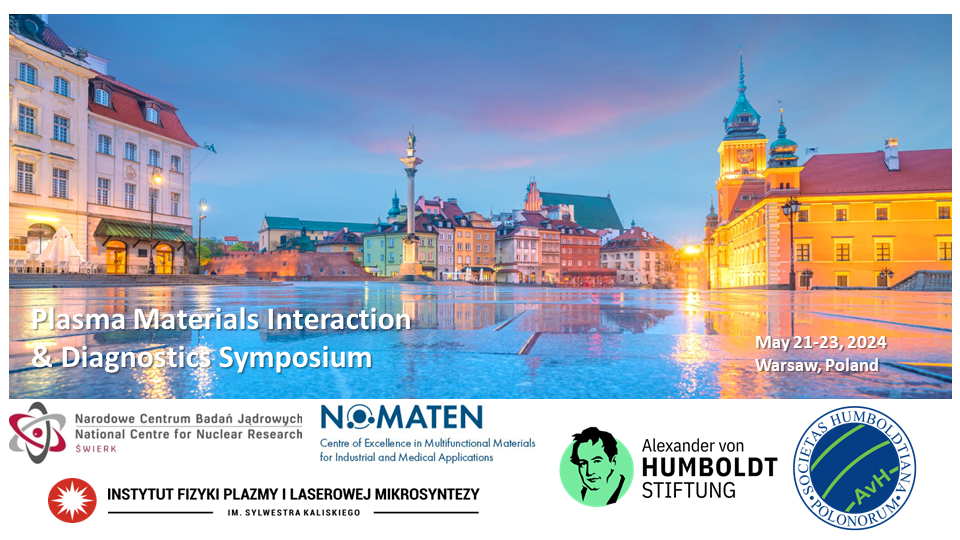Speaker
Description
Concentrated solid-solution alloys (CSAs) have recently emerged as promising candidates for enhanced irradiation resistance. This computational study delves into the intricate interplay of alloying elements on the generation, recombination, and evolution of irradiation-induced defects in single-phase CSAs. Employing molecular dynamics simulations, we explore defects evolution in Ni-based CSAs, considering a spectrum of vacancy defects in face-centered cubic (FCC) structures. The study encompasses various shapes such as cubic, tetrahedral, octahedral, truncated octahedral, spherical, and stacking fault tetrahedral. Collision cascades are simulated over a temperature range of 10 to 900 K, with a primary knock-on atom (PKA) energy of 10 keV. This systematic exploration progresses through model crystals, starting from pure Ni, advancing to binary alloys like NiCr20, and culminating in the more complex NiCoCr20 alloy. Our findings unveil the pivotal role of chromium-rich materials in facilitating dislocation emissions and inducing the nucleation of stacking fault tetrahedra in the vicinity of nanovoids. This phenomenon is attributed to Shockley partial interactions, resulting in the nucleation of stacking fault tetrahedra primarily formed by Stair-Rod dislocations. Notably, among the alloys studied, NiCr20 and NiCoCr20 stand out as the sole materials capable of manifesting this unique mechanism.
This research provides valuable insights into the design principles governing irradiation resistance in CSAs, emphasising the significance of specific alloy compositions, particularly those incorporating chromium. The observed defect evolution mechanisms contribute to the fundamental understanding of material behaviour under irradiation, offering guidance for the development of advanced materials with improved performance in radiation-intensive environments.

